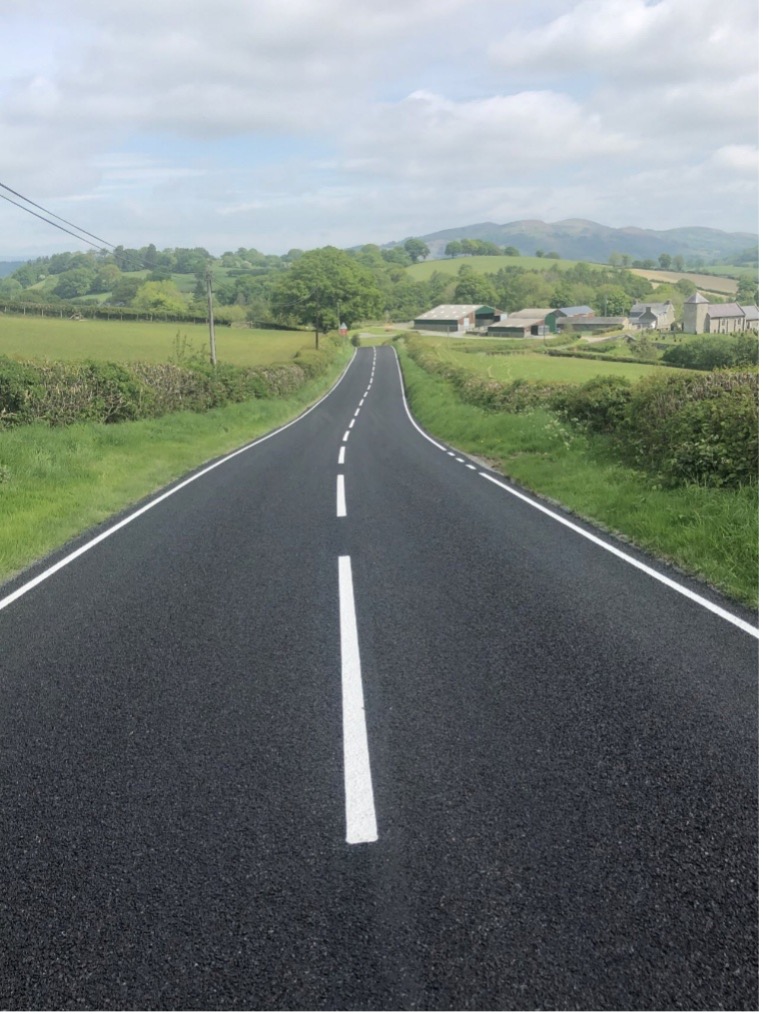Polymer Modified Emulsions and Surface Dressing: The Key to Preventing the Next Pothole Pandemic
By Kevin Maw, Consultant & Secretary at the REA
Across the UK, local road authorities are facing a mounting crisis. Repair backlogs now exceed £16.3 billion, while potholes multiply faster than budgets can address them. Once regarded as one of the strongest road networks in Europe, the UK now finds itself on the defensive, locked into a cycle of costly reactive repairs.
For decades, the UK had proudly boasted a well-maintained local roads network, which make up 98% of the nation’s roads.
Shockingly, the UK’s roads are resurfaced only once every 80 years on average, according to a 2024 report. This duration is well beyond the recommended resurfacing frequency of 10- to 20-years.

The decline of preventative maintenance is at the heart of this problem. Since 2012, the use of surface dressing has dropped by 46 percent, according to REA data. In its place, authorities have increasingly relied on short-term patching. The result has been higher costs, shorter treatment lives, and the steady erosion of public confidence.
For the road emulsion sector, the message is clear: it is time to advocate strongly for a return to surface dressing, underpinned by polymer-modified emulsions (PME). The Road Emulsion Association and its members stand ready to deliver this change.
Why Preventative Maintenance Matters
Preventative surface treatments are proven to extend pavement life at a fraction of the cost of resurfacing. A single surface dressing typically uses just a few millimetres of material, compared to 50 millimetres or more in a full asphalt renewal. This efficiency not only reduces costs, but also conserves aggregates and cuts emissions.
Where preventative programmes are abandoned, networks deteriorate rapidly. Roads that could have lasted another decade with a timely treatment instead fall into disrepair, requiring disruptive and expensive reconstruction. This is the “false economy” that has led to the UK’s £16 billion backlog.
PME: A Modern Tool for a Modern Challenge
Polymer-modified emulsions bring new strength to surface dressing programmes. By enhancing elasticity and resistance to both heat and cold, PME provides better adhesion and longer life under traffic stress.
Importantly, PME can be applied at lower temperatures, reducing energy use, cutting emissions, and improving safety for workers. In an era when every sector is expected to contribute to net-zero targets, PME offers a practical, scalable way for road authorities to reduce their carbon footprint.
The durability of PME is proven. On the A5 in Shropshire, a PME surface dressing applied in 2010 has now delivered 14 years of pothole-free performance under heavy traffic. Examples like this show that with the right materials and specifications, road owners can buy time, often more than a decade, before expensive structural interventions are needed.
Signs of Renewal
Encouragingly, 2024 saw the first rise in surface dressing volumes in over a decade, and we’re expecting more positive data showing increased volumes this year. This small but significant shift suggests that authorities are beginning to rediscover the value of preventative programmes. For the emulsion industry, this is the moment to reinforce the case: PME with surface dressing must not be seen as an optional extra, but as a core part of every road management strategy.
Our Call to Action
For road agencies, contractors, and policymakers, the priorities are clear:
- Rebuild preventative budgets. Investment in surface dressing with PME costs far less than reactive patching, saving billions over the long term.
- Support training and skills. After a decade of decline, technical expertise must be rebuilt to provide a better understanding of the importance of preventative maintenance, and deliver preventative treatments at scale.
- Highlight sustainability. PME contributes directly to net-zero commitments by lowering application temperatures, conserving aggregates and bitumen, and extending pavement life.
The UK’s pothole crisis is not inevitable. It is the result of policy and budget choices that undervalued preventative maintenance. The evidence shows that a shift back to PME-based surface dressing can reverse this trend, delivering better roads for less money, with lower environmental impact.
The Opportunity for the Road Emulsion Community
This is a pivotal moment for the road emulsion sector. With clear evidence, strong case studies, and compelling statistics, the industry can help governments and local authorities reframe their approach. The REA is already taking more proactive steps in this area, through working more closely with industry stakeholders and the Local Government Association.
By championing the role of PME, The Road Emulsion Association and its members can ensure that the next generation of roads is not defined by potholes, but by resilience, sustainability, and value for money.
